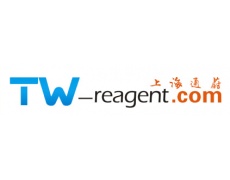中文名稱:小鼠抗LACTB2單克隆抗體

|
Background: |
Penicillin refers to any member of beta-lactam antibiotics group. These agents are identified by a beta-lactam ring within their molecular structure. As the most widely used group of antibiotics available, beta-lactams are used for the treatment of bacterial infections usually caused by gram-positive organisms. Beta-lactam antibiotics are bactericidal, functioning to inhibit the synthesis of the peptidoglycan layer of bacterial cell walls. Bacterial penicillin-binding proteins and beta-lactamases constitute a large family of serine proteases that perform essential functions in the synthesis and maintenance of peptidoglycan cell wall. Notably, beta-lactamases cleave beta-lactams, therefore providing the bacteria with resistance to the antibiotic. Homologues of beta-lactamases occur in many species, including human, rat, cow, rabbit, pig, xenopus, zebrafish, and C. elegans. The human homologues, LACTB and LACTB2, are active-site-serine enzymes thought to be involved in metabolism. |
|
Applications: |
WB, IHC, FC |
|
Name of antibody: |
LACTB2 |
|
Immunogen: |
Fusion protein of human LACTB2 |
|
Full name: |
lactamase, beta 2 (LACTB2) |
|
Synonyms: |
CGI-83 |
|
SwissProt: |
Q53H82 |
|
IHC positive control: |
human kidney tissue |
|
IHC Recommend dilution: |
30-150 |
|
WB Predicted band size: |
33 kDa |
|
WB Positive control: |
HepG2, Hela, A549, COS7, Jurkat, MDCK, MCF-7 cell lysates |
|
WB Recommended dilution: |
500-2000 |
 購物車
購物車 幫助
幫助
 021-54845833/15800441009
021-54845833/15800441009
